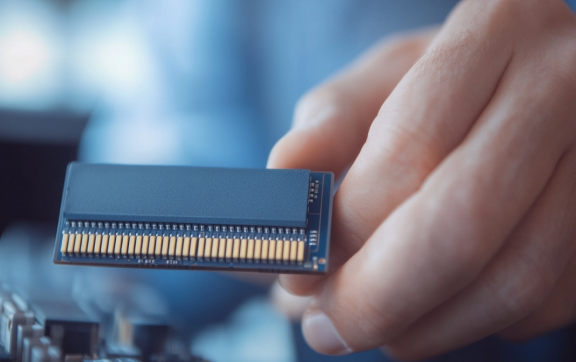In today's fast-paced business environment, having a reliable, scalable, and accessible point of sale (POS)…

Flash Memory: Fast, Reliable, and Essential for Modern Computing
Flash memory has become a cornerstone of modern computing, offering unparalleled speed, reliability, and versatility. This non-volatile storage technology is used in a wide range of devices, from smartphones and laptops to data centers and industrial machines. Its ability to retain data without power, combined with rapid read and write speeds, makes it an indispensable component in today’s digital landscape.
Speed and Performance
One of the most significant advantages of flash memory is its speed. Unlike traditional hard disk drives (HDDs), which rely on mechanical components, flash memory uses electronic circuits to store data. This results in much faster access times and data transfer rates. For example, solid-state drives (SSDs), which utilize flash memory, can significantly reduce boot times for computers and load applications in a fraction of the time it takes for HDDs. This performance boost is critical for tasks that require high-speed data processing, such as gaming, video editing, and large-scale data analysis.
Reliability and Durability
Flash memory is also known for its reliability and durability. Since it has no moving parts, it is less prone to mechanical failure compared to HDDs. This makes it ideal for portable devices like USB flash drives, smartphones, and tablets, which are often subjected to physical shocks and vibrations. Moreover, flash memory can withstand a broader range of environmental conditions, including extreme temperatures and humidity, making it suitable for use in harsh industrial environments.
Versatility and Applications
The versatility of flash memory extends across various applications. In consumer electronics, it powers everything from personal gadgets to home entertainment systems. In the enterprise sector, flash-based storage solutions are crucial for servers and data centers, where they help manage large volumes of data efficiently. Additionally, flash memory is used in automotive systems, medical devices, and even in space technology, where reliability and performance are paramount.
Future of Flash Memory
The future of flash memory looks promising, with continuous advancements driving its evolution. Innovations such as 3D NAND technology, which stacks memory cells vertically to increase storage density, are pushing the boundaries of capacity and efficiency. Moreover, emerging technologies like non-volatile memory express (NVMe) are set to further enhance the speed and performance of flash storage, making it even more integral to the future of computing.



